
In August 2024, Solana’s decentralized physical infrastructure networks (DePIN) shattered previous records, collectively generating $1.6 million in revenue. This milestone is not just a number; it’s a signal that decentralized infrastructure on Solana is scaling from Web3 promise to real-world impact. Four standout projects provides Helium Network, Hivemapper, GEODNET, and UpRock: were at the heart of this achievement, each demonstrating clear utility and robust tokenomics within the Solana ecosystem.

Solana DePIN Revenue Hits $1.6M: Why It Matters for Web3 Infrastructure
For years, DePIN has been a niche sector in crypto circles, often discussed but rarely delivering tangible outcomes. That changed in August 2024. According to Phemex, Solana-based DePIN projects including Helium Network and Hivemapper generated a record-setting $1.6 million in revenue for the month. This surge reflects deepening adoption across industries like wireless connectivity, mapping, geospatial data collection, and bandwidth sharing.
The significance of this figure is twofold: First, it validates the thesis that blockchain can power real-world infrastructure at scale. Second, it highlights Solana’s unique value proposition, low fees and high throughput, making it an ideal base layer for DePIN innovation.
Top Solana DePIN Projects Powering Revenue Growth
Top 4 Solana DePIN Projects Powering $1.6M Revenue
-
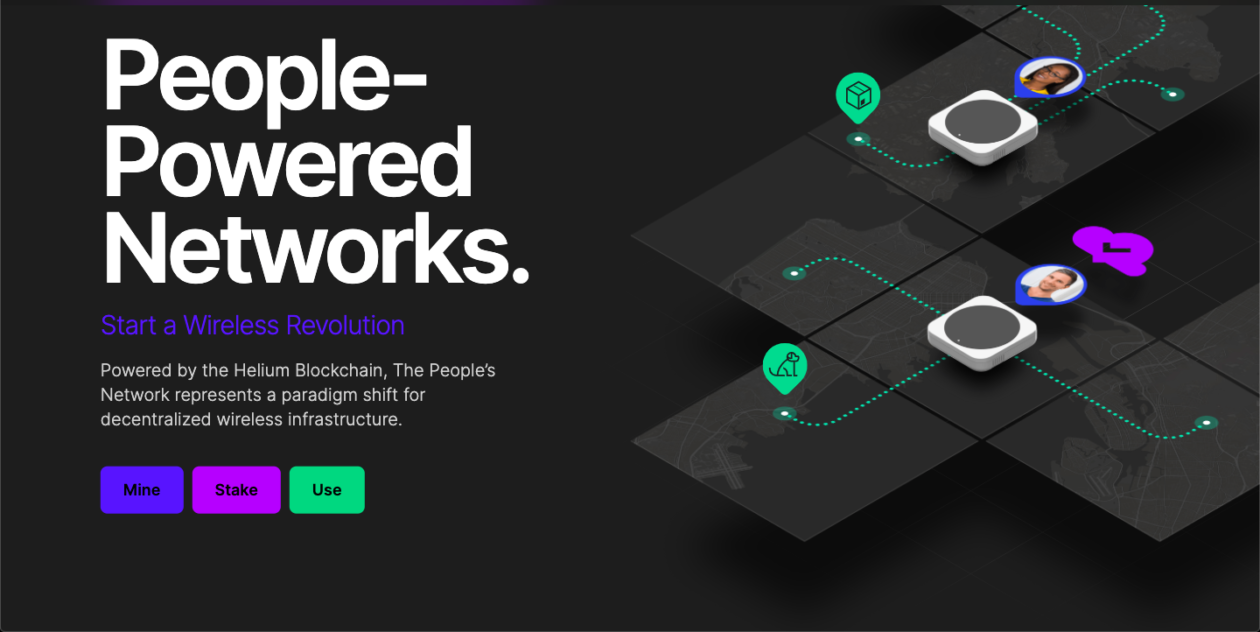
Helium Network: A leading decentralized wireless network, Helium enables users to deploy hotspots that provide secure, low-cost connectivity for IoT and mobile devices. In August 2024, Helium was a major contributor to Solana DePIN’s record $1.6M revenue, boasting 176,301 subscribers and 69,449 nodes globally.
-
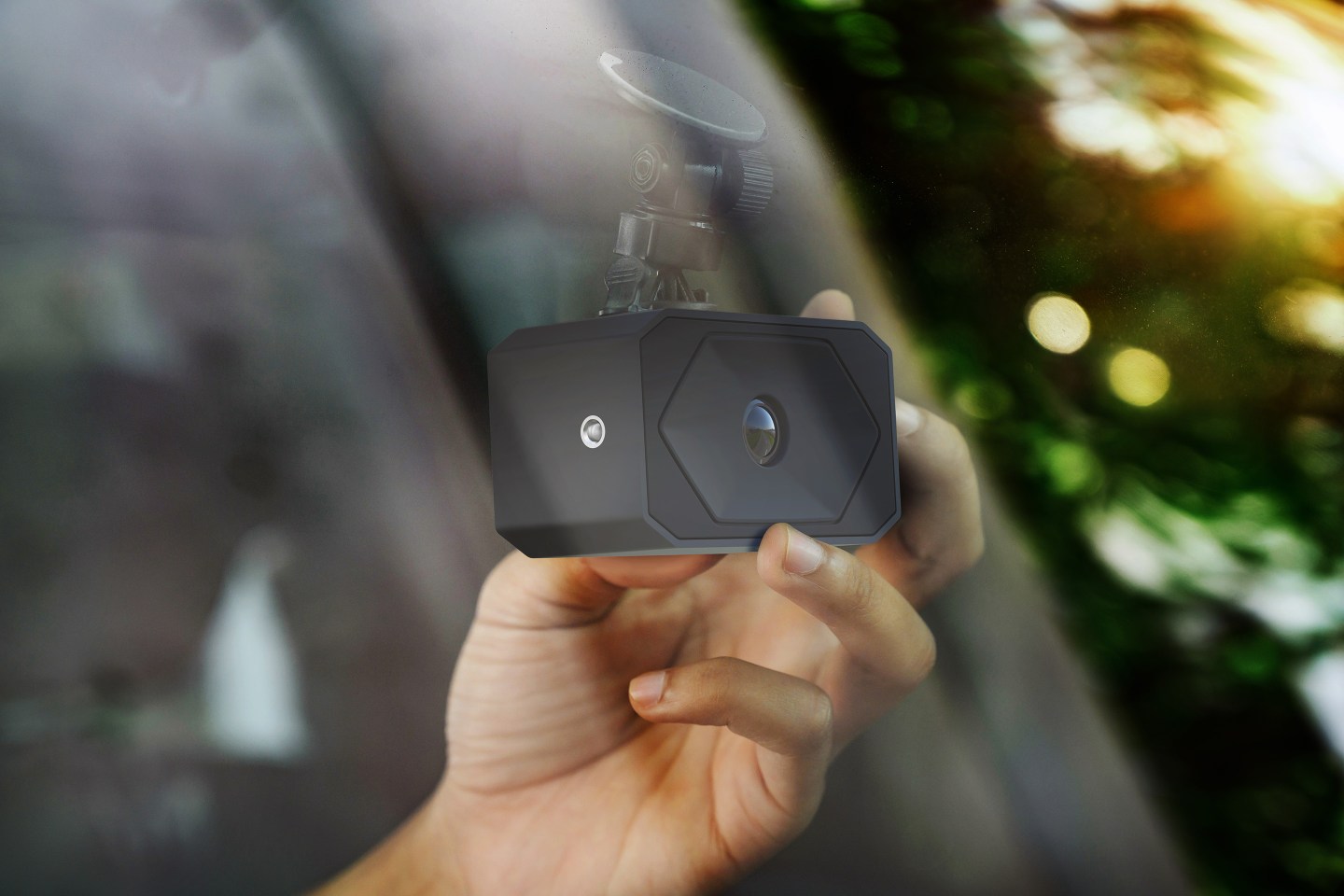
Hivemapper: This decentralized mapping project rewards drivers for collecting street-level imagery via dashcams. By late 2024, Hivemapper covered 29% of the world’s roads, offering up-to-date map data for navigation and urban planning.
-
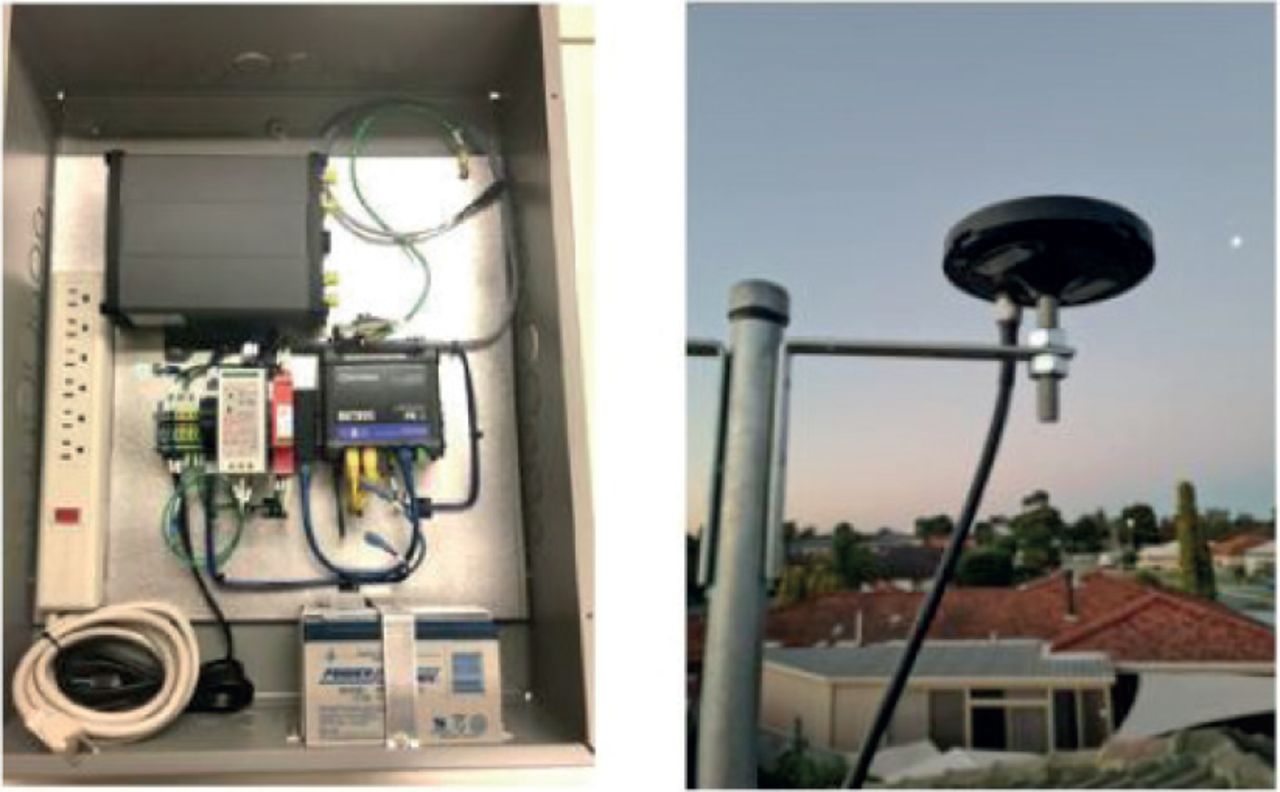
GEODNET: GEODNET is building a decentralized network of space weather and GNSS reference stations, providing real-time, precise geospatial data for applications like autonomous vehicles and smart cities. Its robust infrastructure contributes to Solana’s DePIN ecosystem growth.
-
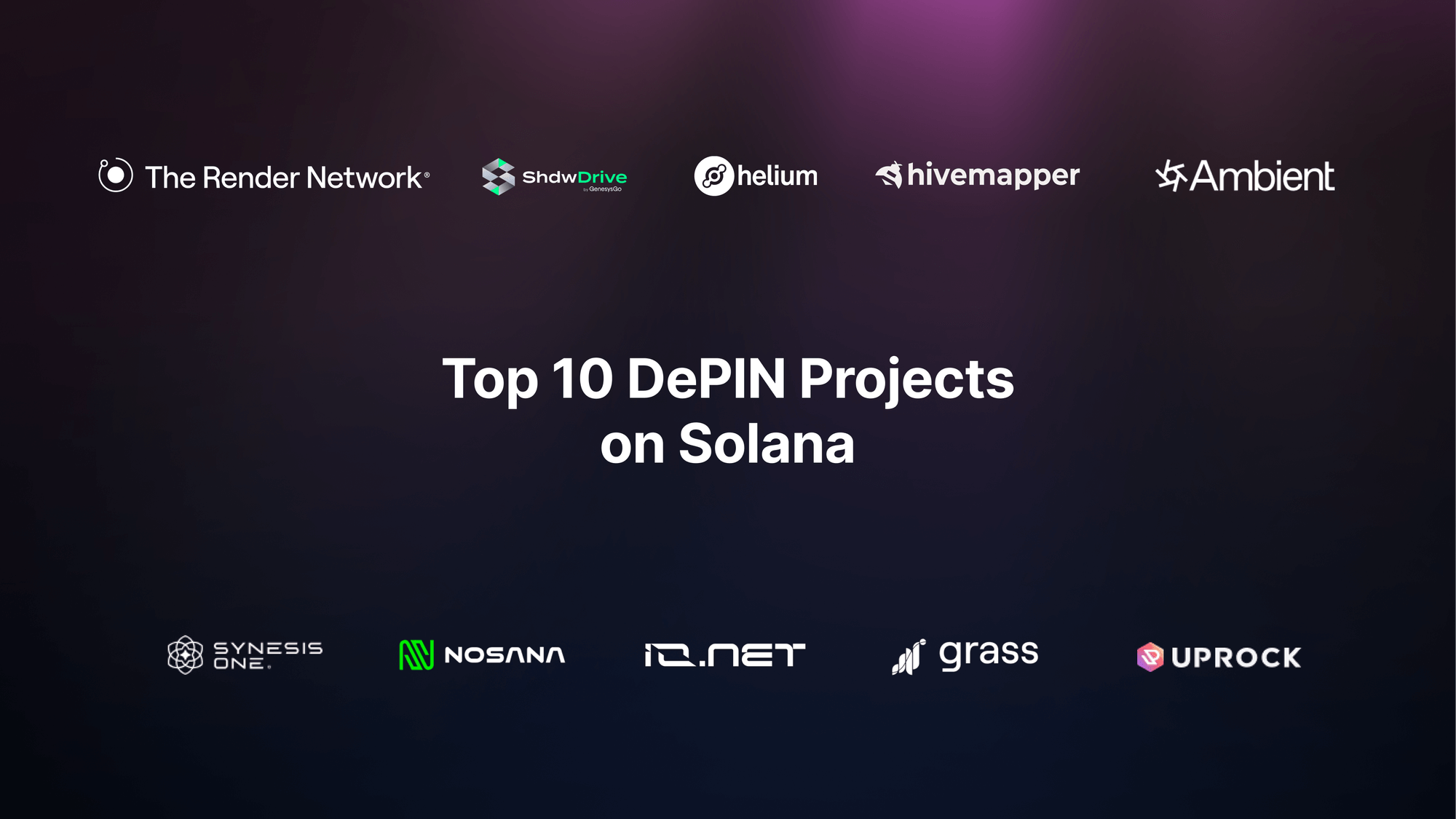
UpRock: UpRock incentivizes users to share their unused internet bandwidth through a decentralized network, helping expand connectivity and reduce costs. As a top Solana DePIN project, UpRock supports the infrastructure that underpins web3 and decentralized apps.
Let’s break down how each project contributed to the August milestone:
Helium Network: Decentralized Wireless at Scale
Helium Network remains the flagship of decentralized wireless connectivity on Solana. After its migration from its own chain to Solana in 2023, a move that slashed transaction costs and improved composability, Helium rapidly scaled its network footprint. By August 2024:
- 176,301 subscribers
- 69,449 active nodes
- $2.29 million in on-chain revenue YTD
This growth is rooted in real-world demand: IoT devices and mobile users leverage Helium hotspots for affordable data transfer without relying on centralized telecom giants. Participants are rewarded with HNT tokens for providing coverage and routing traffic, a model that aligns incentives across users and node operators alike.
Hivemapper: Turning Dashcams into Decentralized Map Data Engines
Hivemapper is rewriting the rules of mapping by crowdsourcing street-level imagery from drivers worldwide. Using dashcams connected to its protocol (and leveraging Solana for token rewards), Hivemapper incentivizes contributors with HONEY tokens while building one of the most up-to-date navigation datasets globally.
The results are staggering: by late 2024, Hivemapper had mapped 29% of global roads, outpacing many traditional mapping services in both coverage velocity and freshness of data (SolanaFloor report). This user-driven approach not only democratizes map ownership but also unlocks new revenue streams for everyday drivers participating in the network.
Hivemapper’s growth also underscores the power of Solana’s infrastructure for scalable, low-latency micropayments. By distributing HONEY token rewards efficiently and transparently, the project transforms passive driving into an active income stream. This model is proving resilient even as mapping data becomes a hot commodity for logistics, urban planning, and autonomous vehicle navigation.
GEODNET: Decentralized GNSS for Precision Applications
GEODNET stands out in the DePIN landscape as a decentralized network of GNSS (Global Navigation Satellite System) base stations. The protocol incentivizes participants to deploy satellite receivers, creating an open access layer for high-precision geospatial data. In sectors like agriculture, construction, and drone delivery, centimeter-level location accuracy is critical, and GEODNET delivers it without reliance on centralized providers.
By leveraging Solana’s speed and cost-efficiency, GEODNET enables real-time data attestation and rapid settlement of token rewards. The project’s architecture ensures that data contributors are compensated fairly while users, ranging from agri-tech firms to smart city planners, access a robust geospatial backbone at a fraction of legacy costs.
UpRock: Bandwidth Sharing Meets Web3 Incentives
UpRock brings bandwidth sharing into the decentralized era. Participants install UpRock nodes to share unused internet capacity with others in their area or globally. In return, they earn crypto rewards based on actual bandwidth contributed and demand dynamics.
This approach addresses persistent bandwidth scarcity in underserved regions while also monetizing excess capacity in urban environments. UpRock’s integration with Solana ensures that micro-payments remain viable even at scale, a crucial factor as more devices come online and data consumption surges worldwide.
Real-World Impact: Why $1.6M Revenue Signals a DePIN Inflection Point
The August 2024 revenue surge is more than just an accounting record; it marks an inflection point for decentralized infrastructure on Solana. For investors and builders alike, these results validate that DePIN networks can generate sustainable cash flows, not just speculative tokenomics, and deliver tangible services across connectivity, mapping, geospatial intelligence, and bandwidth markets.
Top Real-World Use Cases of Solana DePIN Projects
-
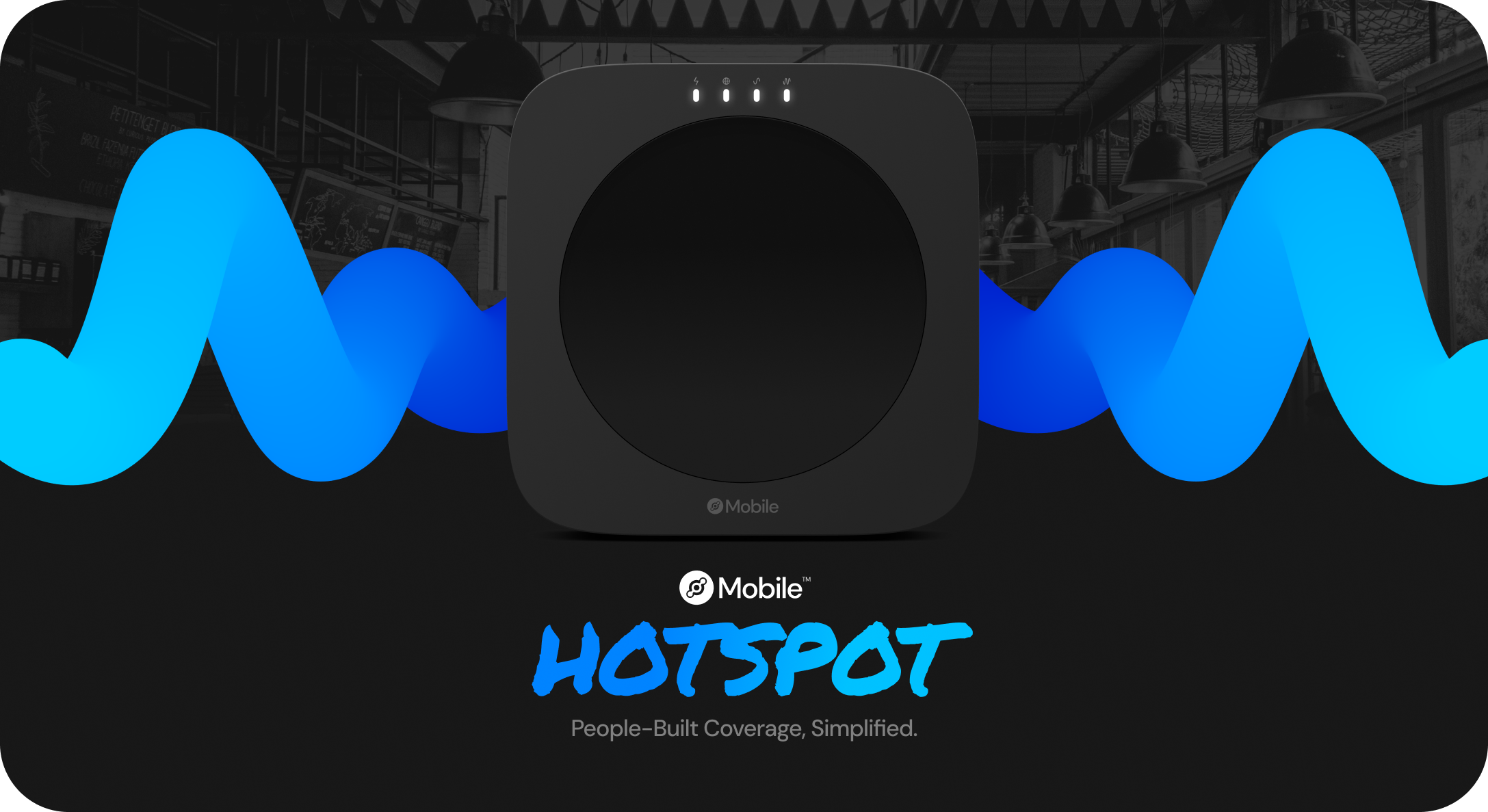
Helium Network: Decentralized Wireless Coverage for IoT & MobileHelium enables individuals to deploy wireless hotspots, creating a global, decentralized network that provides affordable, secure connectivity for IoT devices and mobile users. In August 2024, Helium contributed significantly to Solana’s $1.6M DePIN revenue milestone, supporting 176,301 subscribers and 69,449 nodes.
-
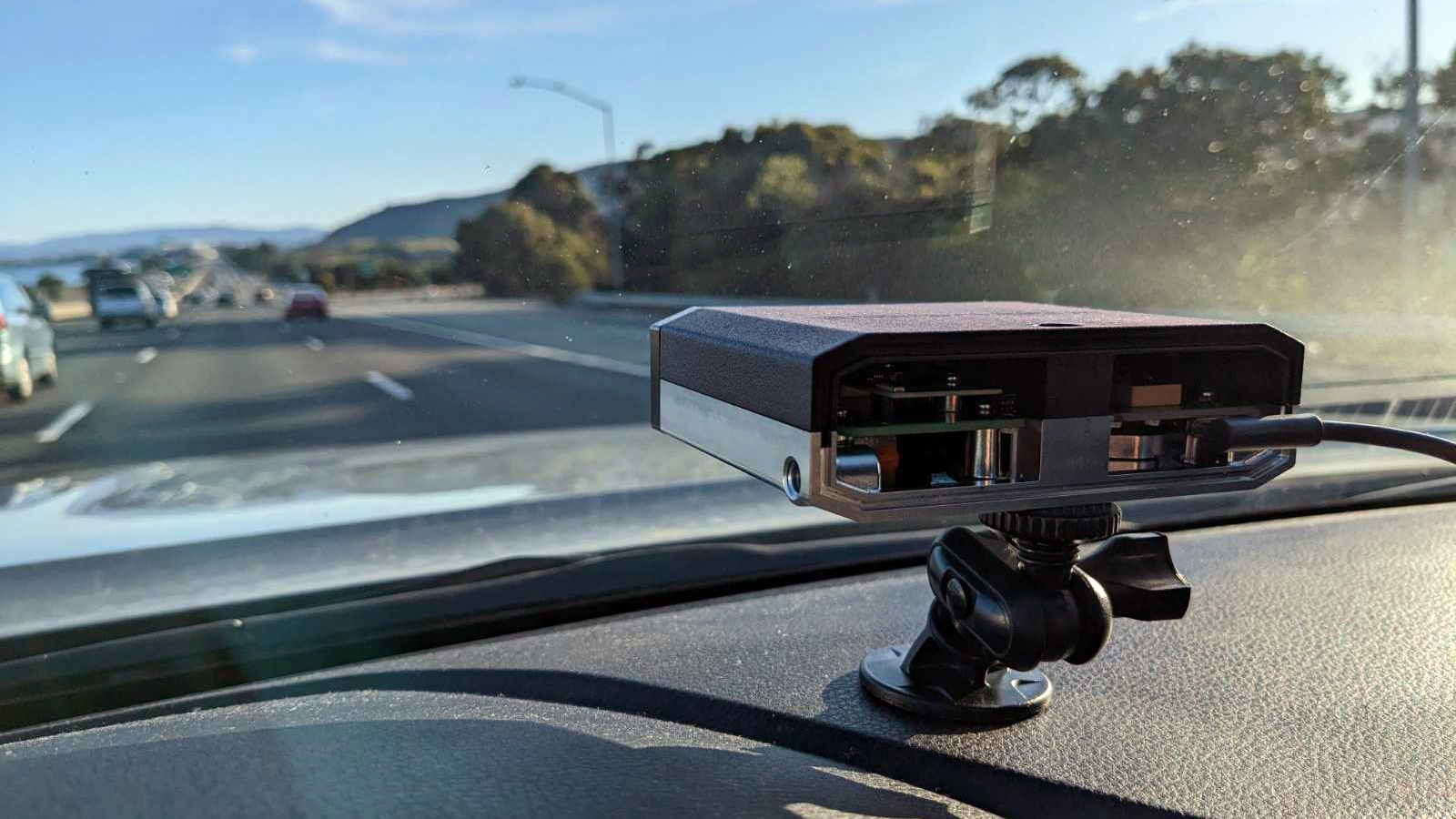
Hivemapper: User-Powered Mapping & NavigationHivemapper incentivizes drivers to collect street-level imagery via dashcams, building a decentralized, up-to-date map. By late 2024, Hivemapper had mapped 29% of the world’s roads, offering valuable mapping data for navigation, logistics, and urban planning.
-
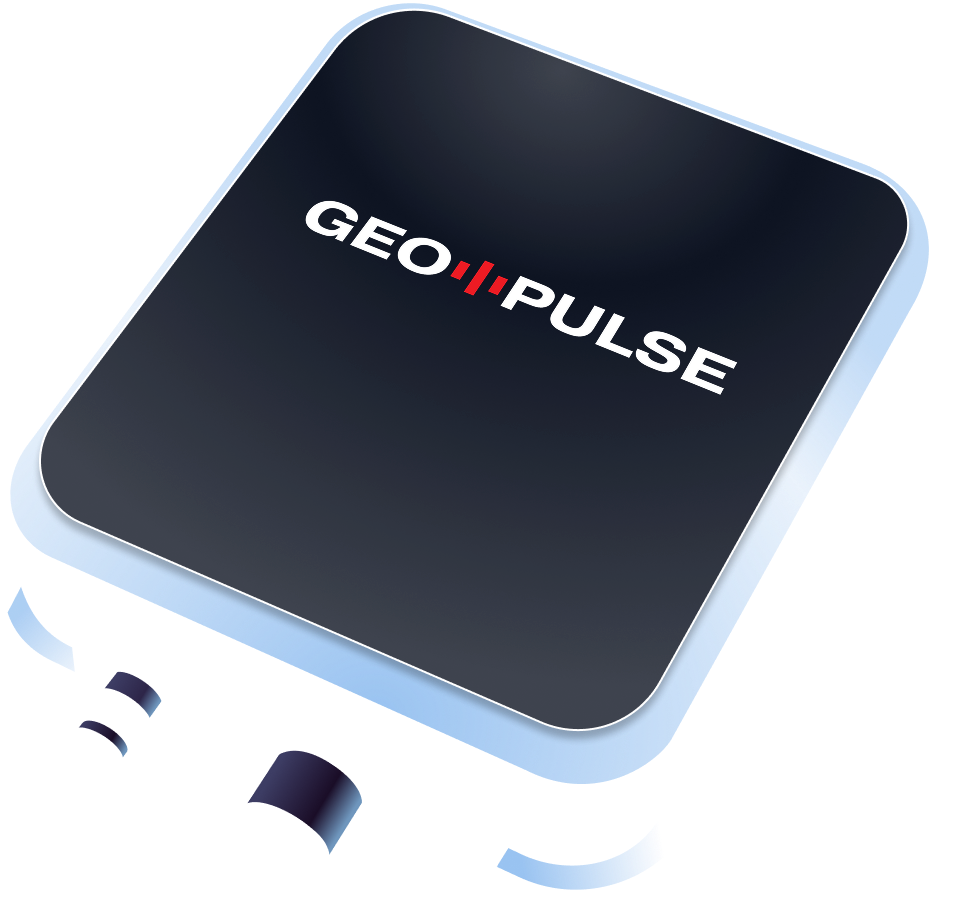
GEODNET: Decentralized GNSS Data for Precision ApplicationsGEODNET leverages a distributed network of satellite reference stations to deliver real-time, high-precision GNSS (Global Navigation Satellite System) data. This infrastructure supports applications in autonomous vehicles, smart agriculture, and geospatial analytics.
-

UpRock: Decentralized Edge Computing MarketplaceUpRock provides a platform for users to contribute idle computing resources, powering decentralized edge computing for AI, data processing, and real-time analytics. This model increases efficiency and accessibility for enterprises and developers seeking scalable compute power.
The collective success of Helium Network, Hivemapper, GEODNET, and UpRock demonstrates that decentralized infrastructure is not only possible but increasingly practical at scale. Each project leverages Solana’s core strengths, speed, composability, low fees, to unlock new business models previously impossible on slower or costlier chains.
As we look ahead to 2025 and beyond, risk-aware investors should note that while volatility remains inherent in emerging DePIN assets (especially those with variable token emissions), the underlying trend is clear: demand for decentralized physical infrastructure is accelerating. Projects delivering measurable value are beginning to capture meaningful revenue streams, fueling further innovation across the Solana ecosystem. For those seeking exposure to Web3 physical infrastructure with real-world utility, these four projects set the benchmark for what’s possible when blockchain meets boots-on-the-ground deployment.






